Pie crusts are one of the most important components of...
Read MoreA food processor is a versatile kitchen appliance that can be used for a wide range of food preparation tasks, including making pounded yam. Pounded yam is a popular Nigerian dish made from yam tubers that are boiled and pounded to a smooth and fluffy consistency.
Using a food processor for making pounded yam offers several advantages. Firstly, it saves time and effort compared to traditional pounding methods, which can be labor-intensive. A food processor can quickly and efficiently break down the boiled yam into a smooth puree.
To make pounded yam using a food processor, the boiled yam chunks are placed in the processor’s bowl fitted with a chopping or blending blade. The processor is then turned on, and the yam is processed until it reaches the desired smoothness. You may need to stop and scrape down the sides of the bowl periodically to ensure even processing.
Some food processors come with specific settings or attachments designed for dough kneading, which can be helpful in achieving the right consistency for pounded yam. These processors often have more powerful motors and sturdy blades to handle the dense texture of the yam.
Additionally, food processors offer versatility beyond making pounded yam. They can be used for various other food preparation tasks, such as chopping vegetables, making purees, grinding nuts, mixing dough, and much more. This makes them a valuable tool in the kitchen for a wide range of culinary needs.
In summary, a food processor is a convenient and efficient tool for making pounded yam. It simplifies the process, saves time and effort, and provides consistent results. Its versatility makes it a valuable addition to any kitchen for various other food preparation tasks as well.
Tags: best food processor for pounded yam, pounded yam processor, pounded yam in food processor
What is pounded yam?
Pounded yam is a popular Nigerian dish that is made from yam tubers. It is a staple in many Nigerian households and is often served with various soups and stews. Pounded yam gets its name from the traditional method of preparation, which involves pounding cooked yam chunks in a mortar and pestle until they form a smooth and elastic dough-like consistency.
To make pounded yam, yam tubers are peeled, cut into chunks, and boiled until they are fully cooked and tender. The cooked yam is then transferred to a large mortar, and using a heavy pestle, it is pounded repeatedly in a rhythmic motion. The pounding action breaks down the yam fibers, resulting in a smooth and cohesive mass. This process requires physical effort and skill to achieve the desired texture.
The texture of pounded yam is dense, stretchy, and elastic. It has a slightly sweet taste and serves as a neutral base to complement the flavors of the accompanying soups and stews. Pounded yam is typically served in small mounds or portions on a plate or in a bowl. It can be pulled apart and rolled into smaller portions using the fingers for easy consumption.
Pounded yam is enjoyed across Nigeria and is a prominent feature in festive occasions and special gatherings. It is often paired with soups such as egusi soup, vegetable soup, ogbono soup, or any other soup of choice. Pounded yam is considered a comfort food and is valued for its taste, texture, and cultural significance.
Can I pound yam with food processor?
While a food processor can be a versatile kitchen appliance, it may not be the most suitable tool for pounding yam. Pounding yam traditionally requires a pounding mortar and pestle, which allows for the proper texture and consistency to be achieved.
Yam is a starchy tuber that requires a significant amount of force and repetitive pounding to break down the fibers and create a smooth and elastic texture. A food processor, on the other hand, is not designed to replicate the pounding action required for making pounded yam. The blades of a food processor may not be able to produce the desired texture, and the motor may not have the necessary power to effectively process the yam.
While a food processor may be able to break down the yam to some extent, it is unlikely to achieve the same traditional results as pounding with a mortar and pestle. The resulting texture may be different, and the consistency may not be as smooth and fluffy as traditional pounded yam.
If you’re looking to make pounded yam, it is generally recommended to use a traditional mortar and pestle or a dedicated yam pounder. These tools are specifically designed to handle the task and provide the desired texture and consistency of pounded yam.
However, a food processor can still be useful for other food preparation tasks, such as chopping vegetables, making purees, grinding nuts, and more. It’s always best to use the appropriate tool for each specific culinary technique to achieve the best results.
What tools are used for pounding yam?
Traditionally, pounding yam requires the use of a mortar and pestle, which are specifically designed for this purpose. Here are the tools used for pounding yam:
- Mortar: A mortar is a sturdy bowl typically made of wood, clay, or stone. It has a wide and deep base with rough inner surfaces to provide friction during pounding. The size of the mortar can vary, but it should be large enough to accommodate the yam pieces.
- Pestle: A pestle is a heavy, cylindrical-shaped tool used for pounding and mashing the yam. It is typically made of wood or any other durable material. The pestle has a long handle for a firm grip and a rounded or flat bottom for pounding.
To pound yam using a mortar and pestle, the boiled yam pieces are placed in the mortar, and the pestle is used to pound and mash them repeatedly. This process requires physical effort and skill to achieve the desired smooth and elastic texture.
In recent times, electric yam pounders have become popular, especially in commercial settings or households that prefer convenience. Electric yam pounders are motorized machines designed specifically for pounding yam. They consist of a large bowl-like container where the yam is placed, and a mechanical pounding mechanism that replicates the pounding action. These machines automate the pounding process and require less physical effort compared to using a mortar and pestle.
While the traditional mortar and pestle method is still widely used, electric yam pounders offer a more convenient alternative for those who prefer an automated approach.
It’s worth noting that using a food processor or blender as a substitute for a mortar and pestle may not provide the same results as the traditional method. The pounding action and texture achieved with a mortar and pestle are unique and difficult to replicate with other tools.
What is the difference between pounded yam and poundo yam?
Pounded yam and poundo yam are both popular Nigerian dishes made from yam tubers, but they differ in their preparation methods and texture.
- Preparation Method:
- Pounded Yam: Traditional pounded yam involves manually pounding boiled yam chunks in a mortar and pestle. The yam is pounded repeatedly until it becomes a smooth and elastic dough-like consistency. This method requires physical effort and skill to achieve the desired texture.
- Poundo Yam: Poundo yam is a modern and more convenient alternative to traditional pounded yam. It involves processing cooked yam into a smooth puree using a food processor or blender. The pureed yam is then shaped into balls or molds. Poundo yam eliminates the labor-intensive pounding process and offers a quicker way to enjoy yam-based dishes.
- Texture:
- Pounded Yam: Traditional pounded yam has a dense, stretchy, and elastic texture. The repeated pounding action breaks down the yam fibers, resulting in a smooth and cohesive mass. It is usually served in a mound-like shape and can be pulled apart and rolled into smaller portions for consumption.
- Poundo Yam: Poundo yam, also known as instant pounded yam, has a softer and smoother texture compared to traditional pounded yam. It resembles a soft dough or paste-like consistency. Poundo yam is typically shaped into smaller balls or cylindrical molds and can be easily scooped or molded onto a plate for serving.
While pounded yam offers a more authentic and traditional experience, it requires significant physical effort and time. Poundo yam, on the other hand, provides a convenient alternative that retains the essence of yam-based dishes while reducing the preparation time and effort.
Both pounded yam and poundo yam are often served with various Nigerian soups or stews, such as egusi soup, vegetable soup, or ogbono soup. The choice between the two depends on personal preference, time constraints, and access to the necessary equipment.
How do you process yams into poundo yams?
To process yams into poundo yam, you will need the following ingredients and equipment:
Ingredients:
- Yam tubers
- Water
Equipment:
- Knife
- Pot for boiling
- Food processor or blender
- Sieve or fine mesh strainer
- Bowl
Here’s a step-by-step guide on how to process yams into poundo yam:
- Peel the yam tubers: Use a knife to remove the outer skin of the yam tubers. Cut off any dark or discolored parts as well.
- Cut the yam into chunks: Cut the peeled yam into medium-sized chunks to facilitate even cooking.
- Boil the yam: Place the yam chunks in a pot and add enough water to cover them. Bring the water to a boil and cook the yam until it is tender. The cooking time can vary depending on the size of the yam chunks, but it typically takes around 15-20 minutes. You can test the doneness by inserting a fork or knife into the yam; it should go in easily.
- Drain the yam: Once the yam is cooked, drain the water using a sieve or fine mesh strainer. Allow the yam to cool slightly.
- Process the yam: Transfer the cooked yam chunks to a food processor or blender. Process the yam until it forms a smooth and homogeneous puree. You may need to stop and scrape down the sides of the processor or blender to ensure even processing.
- Form into balls or molds: Once the yam is processed into a smooth puree, you can shape it into balls or use molds to create a desired shape. Poundo yam is often formed into small balls or molded into a cylindrical shape.
- Serve or store: Poundo yam can be served immediately with your choice of soup or stew. If you’re not using it right away, you can store the poundo yam in an airtight container in the refrigerator for a few days. When ready to serve, reheat the poundo yam by steaming or microwaving until heated through.
Please note that the process mentioned above is for making poundo yam, a convenient alternative to traditional pounded yam that is manually pounded using a mortar and pestle. The resulting texture of poundo yam may differ from the traditional method, but it provides a quicker and easier way to enjoy yam-based dishes.
How do you process and preserve pounded yam?
Processing and preserving pounded yam can be done through a few steps. Here’s a guide on how to process and preserve pounded yam:
Prepare the Pounded Yam:
- Peel the yam tubers and cut them into chunks.
- Boil the yam chunks until they are fully cooked and tender.
- Drain the cooked yam and transfer it to a mortar and pestle.
- Begin pounding the yam, using a pounding motion to break down the yam fibers and create a smooth and stretchy texture. Continue pounding until the yam reaches the desired consistency.
Shape and Cool the Pounded Yam:
- Once the pounded yam is ready, shape it into small mounds or portions using your hands or a spoon.
- Allow the pounded yam to cool down to room temperature.
Packaging and Freezing:
- Wrap each portion of pounded yam tightly with plastic wrap or place them in airtight containers.
- Label the packages with the date and contents for easy identification.
- Place the wrapped or packaged pounded yam portions in the freezer.
Freezing and Storage:
- Transfer the frozen pounded yam portions to the freezer section of your refrigerator.
- Pounded yam can typically be stored in the freezer for up to 2-3 months without a significant loss in quality.
- To use the frozen pounded yam, remove the desired portion from the freezer and thaw it in the refrigerator overnight or until fully thawed.
It’s important to note that while frozen and thawed pounded yam can be reheated and consumed, the texture may not be exactly the same as freshly pounded yam. However, it still provides a convenient way to enjoy pounded yam without the need for repeated pounding.
When reheating the frozen pounded yam, you can steam it using a steamer basket or microwave it until heated through. Serve the reheated pounded yam with your preferred soup or stew.
Remember to always follow proper food safety guidelines when handling and storing pounded yam to maintain its quality and freshness.
How do you soften pounded yams?
If you have pounded yam that has become stiff or hardened, there are a few methods you can try to soften it before consuming. Here are some ways to soften pounded yam:
Steam Method:
- Place the hardened pounded yam in a steamer basket or a heatproof dish.
- Set up a steamer or a pot with a steamer insert, and add enough water to create steam.
- Place the steamer basket or dish with the pounded yam inside the steamer.
- Steam the pounded yam for a few minutes until it becomes soft and pliable.
- Remove from the steamer and serve immediately.
Microwave Method:
- Transfer the hardened pounded yam to a microwave-safe dish.
- Sprinkle a few drops of water on the pounded yam to add moisture.
- Cover the dish loosely with a microwave-safe lid or microwave-safe plastic wrap.
- Microwave the pounded yam in short bursts of 15-30 seconds at a time, checking the texture after each interval.
- Stir and fluff the pounded yam between microwave intervals to distribute the heat evenly.
- Repeat the process until the pounded yam has softened to the desired consistency.
- Remove from the microwave and serve immediately.
Hot Water Method:
- Place the hardened pounded yam in a heatproof bowl.
- Boil water in a kettle or on the stovetop.
- Pour the hot water over the hardened pounded yam, covering it completely.
- Let the pounded yam sit in the hot water for a few minutes to soften.
- Drain the water from the bowl and gently fluff the softened pounded yam with a fork or spoon.
- Serve immediately.
Remember, the key is to add moisture and apply gentle heat to the hardened pounded yam to restore its soft and smooth texture. Experiment with the methods mentioned above and adjust the duration according to your preference.
Troubleshooting about food processor for pounded yam
If you are experiencing issues with using a food processor for pounded yam, here are some common troubleshooting tips:
- Insufficient Power: If your food processor is not powerful enough, it may struggle to process the yam into a smooth and cohesive texture. Consider using a food processor with a higher wattage or a more robust motor to handle the task effectively.
- Incorrect Blade or Attachment: Ensure that you are using the appropriate blade or attachment for processing yam. Some food processors come with specific blades for dough or heavy-duty tasks. Using the wrong blade may result in unsatisfactory results.
- Overloading the Food Processor: Avoid overloading the food processor with too much yam at once. Process the yam in smaller batches to ensure even and efficient processing. Overloading can strain the motor and affect the consistency of the pounded yam.
- Insufficient Liquid: If the yam is too dry and not blending properly, add a small amount of liquid, such as water or the yam cooking liquid, to help facilitate the blending process. Start with a little liquid and add more as needed while processing.
- Inadequate Processing Time: Ensure that you are processing the yam for a sufficient amount of time to achieve the desired smoothness. Process the yam in intervals, stopping to scrape down the sides of the food processor as needed, until the yam reaches the desired consistency.
- Yam Variety and Texture: Different yam varieties may have varying textures and starch content, which can affect the outcome when using a food processor. Some yam varieties may not produce the same smooth and stretchy texture as traditional pounded yam. Experiment with different yam varieties or consider using a combination of yam and other starchy ingredients to achieve the desired texture.
If you encounter persistent difficulties with a food processor, it may be worthwhile to consider alternative methods such as using a mortar and pestle or an electric yam pounder, which are specifically designed for pounding yam and can produce optimal results.
Conclusion
In conclusion, while a food processor can be a convenient tool for processing yam into pounded yam, there are certain considerations and potential troubleshooting issues to keep in mind. Here’s a summary:
- Power: Ensure that your food processor has sufficient power to handle the task of processing yam. A more powerful motor can provide better results.
- Blade/Attachment: Use the appropriate blade or attachment designed for heavy-duty tasks or dough processing. Using the wrong blade may affect the outcome.
- Batch Size: Avoid overloading the food processor with too much yam at once. Process the yam in smaller batches for more efficient and even processing.
- Liquid: If the yam is too dry and not blending properly, add a small amount of liquid to facilitate the blending process.
- Processing Time: Process the yam for an adequate amount of time, stopping to scrape down the sides of the food processor as needed, until the desired consistency is achieved.
- Yam Variety and Texture: Different yam varieties may produce different textures. Experiment with different varieties or consider combining yam with other starchy ingredients for the desired texture.
If you encounter persistent difficulties or desire a more authentic texture, traditional methods such as using a mortar and pestle or an electric yam pounder specifically designed for pounding yam may be alternatives to consider.
Ultimately, the success of using a food processor for pounded yam depends on the quality and capabilities of the machine, as well as personal preference for the resulting texture.
Related Posts
Why Trust Us
You will find what you are looking for at Jody's Bakery. From classic to luxury brands, you'll find both. We will help you to select appliances that fit your needs, budget and lifestyle. Whether you want to stop by to learn more — or plan to make a major purchase — we’ll treat you like family and assist you every step of the way. Shop with us today to receive friendly and experienced help along the way.








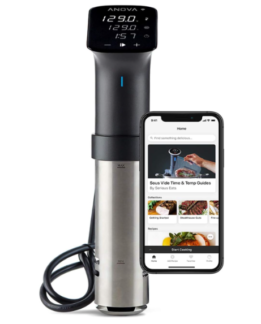
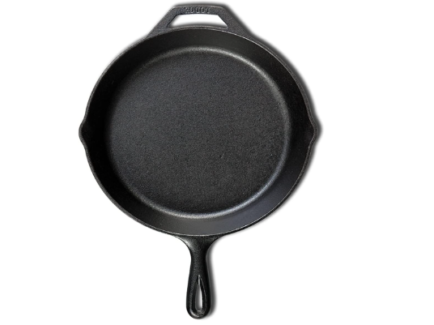
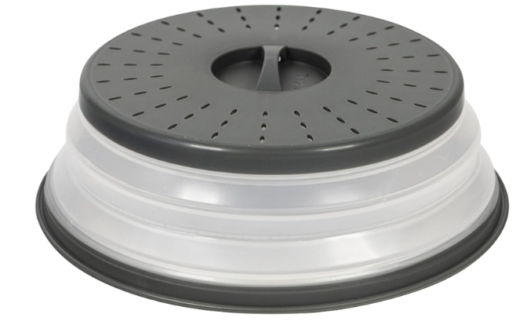
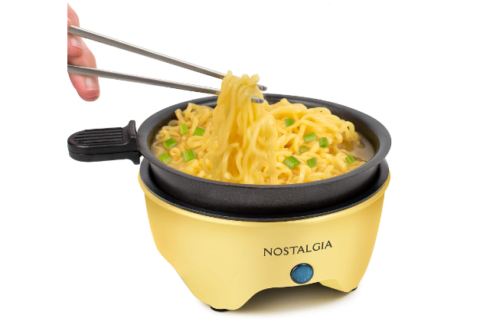
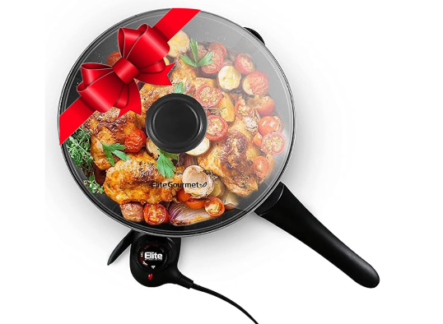
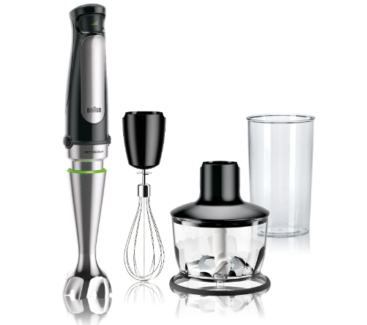
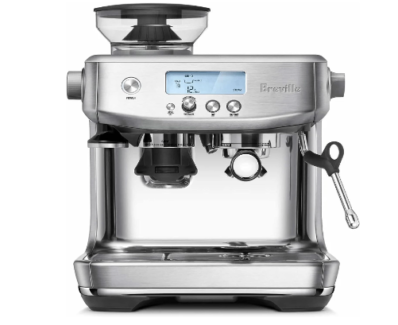
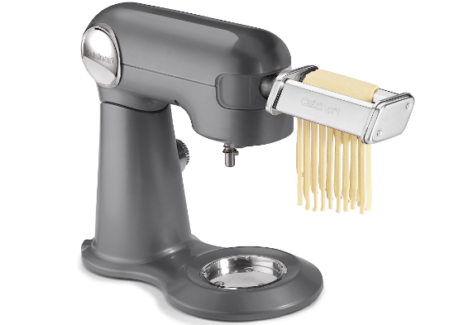
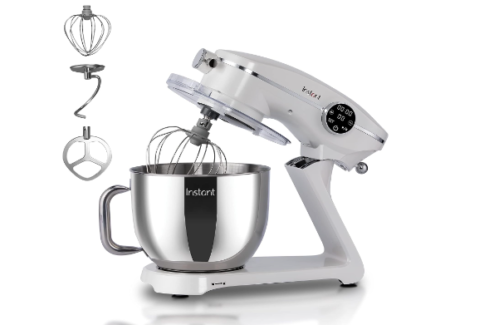

What a compelling and insightful read! The author did a fantastic job. I’m curious to know how others feel about this topic. Click on my nickname for more engaging discussions.